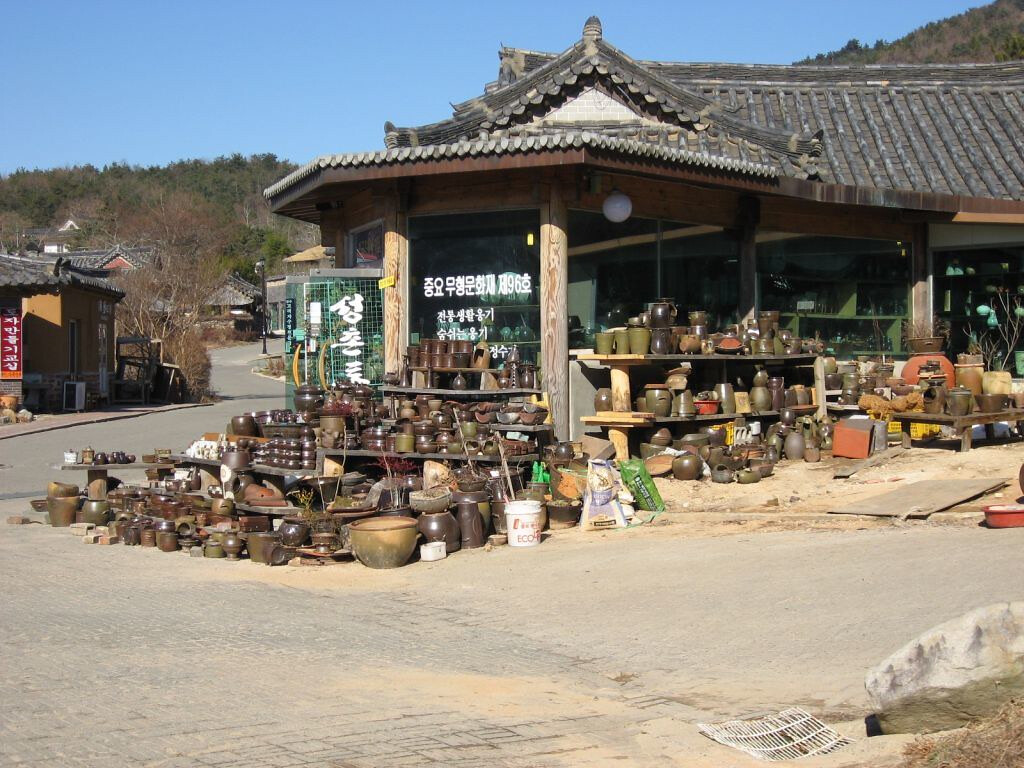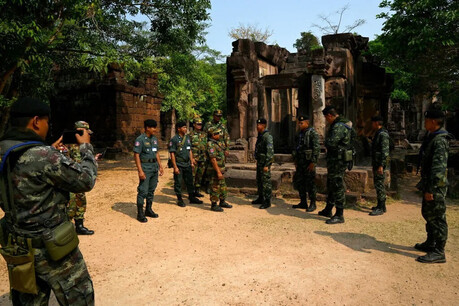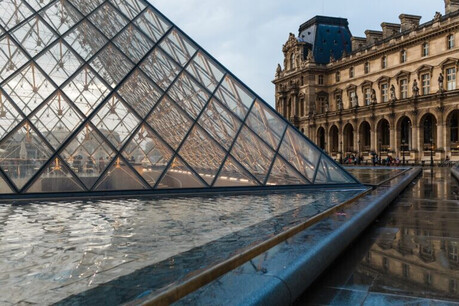
Gyeongju, the ancient capital of the Silla Kingdom, is a city steeped in history, where the echoes of a thousand-year dynasty resonate through its temples, tombs, and palaces. Yet, beyond these well-trodden historical sites lies a living testament to Silla’s artistic spirit: the Gyeongju Folk Craft Village. Nestled at the foot of Tohamsan Mountain, this village is more than a collection of workshops; it is a vibrant community where the hands of master artisans are keeping a priceless heritage alive.
The village's origins trace back to 1986, when a concerted effort was made to gather the region's most skilled craftspeople. This initiative was born from a desire to create a centralized hub where the time-honored techniques passed down from the Silla era could be preserved and transmitted to future generations. For centuries, these artisans had worked in isolation, their expertise at risk of being lost to time. By bringing them together, the village fostered an environment of collaboration and shared purpose, breathing new life into traditional Korean crafts.
Walking through the village is like stepping into a different era. The architecture itself is a work of art, with 45 traditional hanok structures—a mix of giwajip (tile-roofed houses) and chogajip (thatched-roof houses)—forming a tranquil community. The gentle curves of the tiled roofs and the rustic charm of the thatched ones create a deeply peaceful atmosphere that encourages unhurried exploration. This physical setting is not merely a backdrop; it is an integral part of the experience, grounding the craftsmanship in a sense of place and history.
The diversity of crafts on display is staggering. The village is home to masters of various disciplines, each dedicated to their unique art form. Visitors can peer into workshops where skilled artisans meticulously shape metal, creating exquisite yugi (bronze tableware) that shines with a warm, golden luster, and delicate chilbo (cloisonné) pieces adorned with vibrant enamel designs. The clang of hammers and the buzz of grinders offer a rhythmic soundtrack to the creative process.
Beyond metalwork, the village is a major center for traditional Korean pottery. Here, the legacy of Silla's distinctive ceramics continues to flourish. Master potters work with clay, transforming raw earth into beautiful cheongja (celadon), known for its elegant jade-green glaze, pristine baekja (white porcelain), and sturdy togi (earthenware). These pieces are not just functional items; they are a bridge to the past, each curve and glaze telling a story of Silla's aesthetic sensibilities.
Woodworking is another cornerstone of the village's identity. Artisans skilled in mokgongye (wood crafts) create an array of objects, from intricately carved wooden furniture to classic nong (traditional chests) and other household items. The rich aroma of freshly cut wood fills the air, and the patient hands of the woodworkers reveal the natural beauty of the grain. These creations are a testament to the harmony between nature and human artistry, a principle deeply embedded in Korean design philosophy.
A significant aspect of the Gyeongju Folk Craft Village is its accessibility. Most of the workshops are open to the public, functioning as both exhibition spaces and retail shops. This direct interaction between creator and consumer fosters a deeper appreciation for the art. Moreover, many workshops offer hands-on experiences, allowing visitors to try their hand at pottery, metalworking, or other crafts. These programs are particularly popular, providing a tangible connection to the cultural heritage and a memorable souvenir—an item they crafted themselves.
The village's appeal is further enhanced by the presence of the Silla History and Science Museum. Often referred to as the "second Seokguram," this museum offers an illuminating look into the technological and scientific achievements of the Silla Kingdom. Its exhibits provide context for the artistry on display in the workshops, showcasing how Silla’s advancements in astronomy, architecture, and engineering were intertwined with its sophisticated artistic culture. A visit to the museum offers a perfect capstone to the cultural immersion provided by the craft village.
In an increasingly globalized world, the Gyeongju Folk Craft Village stands as a vital sanctuary for tradition. It is a place where the old is not just preserved but is actively reinterpreted and celebrated. By fostering a community of master artisans, the village ensures that the legacy of Silla's craftsmanship continues to thrive, proving that true art is timeless and ever-evolving. It is an essential destination for anyone seeking to understand the heart and soul of Korean cultural heritage, a living museum where history is not just observed but is crafted, piece by intricate piece.
[Copyright (c) Global Economic Times. All Rights Reserved.]





























